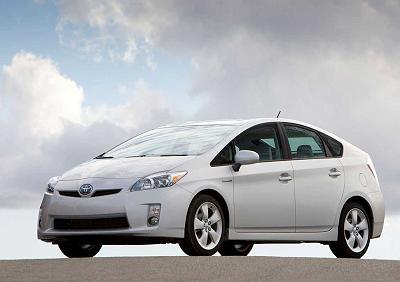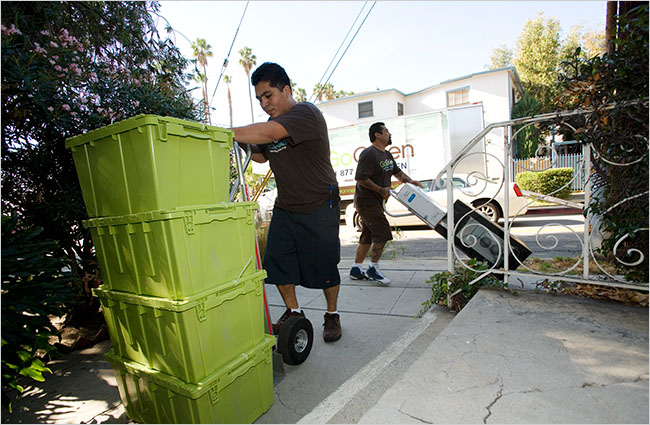Amazon has just released the new version of their book reading device, the Kindle 2. The new hard drive (2GB) holds 1500 books and features a new “Read to Me” feature which allows the…. user to hit a button and let the Kindle read for you. In other words it’s a book that comes with it’s own ‘Books on Tape’ mode. All improvements over the first Kindle, which was essentially a high resolution black & white screen with a hard drive attached.

Many media pundits are using this launch to dust the cobwebs off their Books Will Soon Be Extinct storyline. Many of these people have also speculated that if Amazon can’t make the leap to digitally delivered products, their future looks awfully shaky. An ironic twist given many of these experts are working for media companies who are practically on life support themselves. As an example, the New York Times live blogged the launch event.
Perhaps you’re asking yourself why Warm Home Cool Planet is getting all tangled up in the launch of yet another interactive media product. It’s the same reason we take an interest in all different types of technology. Will they lead to more effective and (energy) efficient ways of doing things?
There is no question human thoughts–and the words we use to express them–will always be an integral part of our society. Think of the book–or the Kindle–as a delivery system for those words and it makes things a little clearer. Do people have a stronger attachment to books than they do for newspapers? Is the long form of the book more conducive to an ‘analog’ reading experience?
We have no doubt someone with more time on their hands than Warm Home Cool Planet is calculating the carbon footprint of getting a book into a reader’s hands versus beaming it their Kindle. We’ll bring you those facts and figures when they become available.

 From a recent
From a recent 

